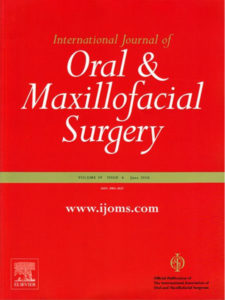
J Oral Maxillofac Surg 78 2020
The surgeon needs to have an inexpensive, available, nontoxic, and practical disinfectant that is effective in sanitizing against the COVID-19 (Coronavirus Disease 2019) virus. The purpose of this article was to review the evidence for using hypochlorous acid in the office setting on a daily basis.
The method used to assemble recommendations was a review of the literature including evidence for this solution when used in different locations and industries other than the oral-maxillofacial clinic facility. The results indicate that this material can be used with a high predictability for disinfecting against the COVID-19 (Coronavirus Disease 2019) virus.
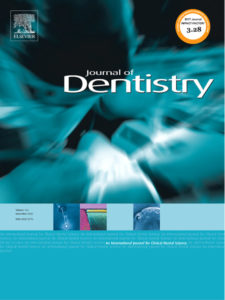
Journal of Dentistry, Volume 38, Issue 11 Abstract: We previously showed that residual treatment of dental chair unit (DCU) supply water using the electrochemically-activated solution Trustwater Ecasol (2.5 ppm) provided an effective long-term solution to the problem of dental unit waterline (DUWL) biofilm resulting in DUWL output water quality consistently superior to potable water.
Objectives: To investigate the cytoxicity of Ecasol using cultured keratinocyte monolayers and reconstituted human oral epithelial (RHE) tissue and to extend the study of Ecasol’s effectiveness in maintaining the microbiological quality of DUWL output water. Methods: TR146 human keratinocyte monolayers and RHE tissues were exposed to Ecasol (2.5–100 ppm) for 1 h periods after removal of growth medium and washing with phosphate- buffered saline (PBS). Experiments were repeated using Ecasol that had been exposed for 30 min to 1–2 mg/mL bovine serum albumin (BSA), equivalent to protein concentrations in saliva. To quantitatively determine cytotoxic effects on monolayers following Ecasol exposure, the Alamar Blue proliferation assay (assesses cell viability) and the Trypan Blue exclusion assay (assesses plasma membrane integrity), were used. Cytotoxicity effects on RHE tissues were assessed by the Alamar Blue assay and by histopathology.
Results: Ecasol at >5.0 ppm resulted in significant (P < 0.001) cytotoxicity to keratinocyte monolayers following a 1 h exposure. These effects, however, were completely negated by BSA pretreatment of Ecasol. No cytotoxicity was observed in the more complex RHE tissue at any of the Ecasol concentrations tested. In a 60-week study of 10 DCUs, tested weekly, the average density of aerobic heterotrophic bacteria in Ecasol-treated (2.5 ppm) DCU supply water was <1 cfu/mL and in DUWL output water was 6.5 cfu/mL.
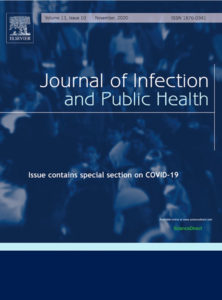
Journal of Infection and Public Health (2012) 5, 420—424 Abstract: Human norovirus (NoV) is a major cause of acute gastroenteritis in closed settings such as hospitals, hotels and cruise ships. The virus survives on inanimate surfaces for extended periods of time, and environmental contamination has been implicated in its transmission.
The disinfection of contaminated areas is important in controlling the spread of NoV infections. Neutral solutions of electrochemically activated (ECA)-anolyte have been shown to be powerful disinfectants against a broad range of bacterial pathogens. The active chemical ingredient is hypochlorous acid (HOCl), which is registered as an approved food contact surface sanitizer in the United States by the Environmental Protection Agency, pursuant to 40 CFR 180.940.
We evaluated the antiviral activity of Ecasol (an ECA-anolyte) against feline calicivirus (FCV), a surrogate of NoV. FCV dried on plastic surfaces was exposed to Ecasol for 1, 2, or 5 min. After exposure to Ecasol, the virus titers were compared with untreated controls to determine the virus inactivation efficacy after different contact times.
Ecasol was found to decrease the FCV titer by >5 log10 within 1 min of contact, indicating its suitability for inactivation of NoV on surfaces.
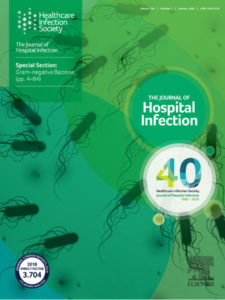
Journal of Hospital Infection 80, 2012 Abstract: Hydrogen peroxide, Ecasol and Citrox aerosols were each tested for their ability to kill a range of nosocomial pathogens.
Hydrogen peroxide had the broadest microbicidal activity but operational issues limit its use. Ecasol was effective against all micro-organisms, except Clostridium difficile, while Citrox aerosols were not effective against Gram-negative bacilli.
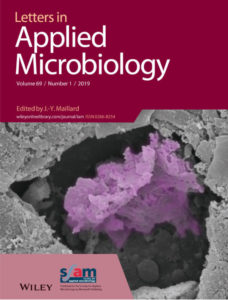
Letters in Applied Microbiology ISSN 0266-8254 Aim: To evaluate the efficacy of electrochemically activated solution (ECASOL) in decontaminating Bacillus anthracis Ames and Vollum 1B spores, with and without changing the source water hardness and final ECASOL pH.
Methods and Results: Five different ECASOL formulations were generated, in which the source water hardness and final ECASOL pH were varied, resulting in cases where significant changes in free available chlorine (FAC) and oxidative-reduction potential (ORP) were observed. B. anthracis Ames and Vollum 1B spores were suspended in the various ECASOL formulations for 30 min, and decontamination efficacy was determined; calcium hypochlorite [5% high-test hypochlorite (HTH)] was used as a positive control.
The five different ECASOL formulations yielded mean FAC levels ranging from 200 to 464 ppm, and mean ORP levels ranging from +826 to +1000 mV. Exposure to all the ECASOL formulations and 5% HTH resulted in >7 log reductions in both B. anthracis Ames and Vollum 1B spores. Conclusions: The present testing demonstrated that ECASOL with a mini-mum of c. 200 ppm FAC levels and +800-mV ORP inactivated the B. anthracis spores in suspension, similar to 5% HTH.

Journal of Hospital Infection (2006) Summary: The efficacy of decontamination using Sterilox fog was assessed against meticillin-resistant Staphylococcus aureus (MRSA) and Acinetobacter baumannii. Ceramic tiles were inoculated with the test organisms and, once dried, were subjected to Sterilox fogging using a stationary vaporizing ma- chine sited at a distance of 3 m for 10 min and then left for a further hour.
In a second experiment using the same organisms, the first 10-min fogging period was followed by a directed fogging period of 30 s at a distance of 1 m. Organisms were cultured from the tiles, plated on to tryptone soya agar and incubated for 48 h. Initial counts of approximately 109 colony-forming units/mL for both organisms were reduced approximately 104 fold for MRSA and 105.8 fold for A. baumannii when using a single fogging. The second fog- ging resulted in 106.8-fold reductions for both organisms.
Sterilox fog is safe and simple to use, and can reduce levels of nosocomial pathogens by a factor of almost 107. It is worthy of clinical evaluation in clinical settings to deter- mine whether it maintains its microbicidal effects against a variety of organ- isms on different surfaces.

Antimicrobial Agents and Chemotherapy 2013 Volume 57 The main aim of this study was to develop a standardized experimental assay to enable differential antimicrobial comparisons of test biocidal aerosols. This study represents the first chlorine-matched comparative assessment of the antimicrobial activities of aerosolized sodium hypochlorite, chlorine dioxide, and electrochemically activated solution (ECAS) to determine their relative abilities to decontaminate various surface-associated health care-relevant microbial challenges. Standard microbiological challenges were developed by surface-associating typed Pseudomonas aeruginosa, Staphylococcus aureus, Bacillus subtilis spores, or a clinical methicillin-resistant S. aureus (MRSA) strain on stainless steel, polypropylene, or fabric.
All test coupons were sub- jected to 20-min biocidal aerosols of chlorine-matched (100 ppm) sodium hypochlorite, chlorine dioxide, or ECAS within a standard aerosolization chamber using a commercial humidifier under defined conditions. Biocidal treatment type and material surface had a significant effect on the number of microorganisms recovered from various material surfaces following treatment exposure. Under the conditions of the assay, the order of antimicrobial efficacy of biocidal aerosol treatment was as follows: ECAS > chlorine dioxide > sodium hypochlorite.
For all biocides, greater antimicrobial reductions were seen when treating stainless steel and fabric than when treating plastic-associated microorganisms. The experimental fogging system and assay protocol designed within this study were shown capable of differentiating the comparative efficacies of multiple chlorine-matched biocidal aerosols against a spectrum of target organisms on a range of test surface materials and would be appropriate for testing other biocidal aerosol treatments or material surfaces.
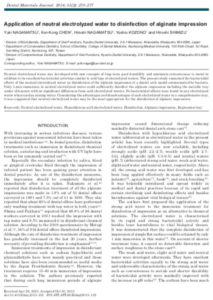
Dental Materials Journal 2016 Neutral electrolyzed water was developed with new concepts of long-term good durability and minimum corrosiveness to metal in addition to its excellent bactericidal activities similar to acid type of electrolyzed waters.
The present study examined the bactericidal effects of the neutral electrolyzed water on disinfection of the alginate impression of a dental arch model contaminated by bacteria. Only 1-min immersion in neutral electrolyzed water could sufficiently disinfect the alginate impression including the metallic tray under ultrasonic with no significant differences from acid electrolyzed waters.
No bactericidal effects were found in any electrolyzed water when used as mixing water. Considering the advantages and disadvantages of each electrolyzed water in a comprehensive way, it was suggested that neutral electrolyzed water may be the most appropriate for the disinfection of alginate impression.
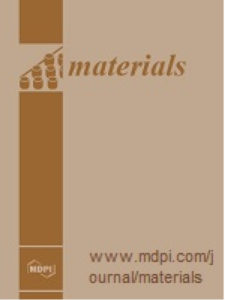
Materials 2020, 13 Abstract: The objective of this study was to evaluate the antibacterial efficacy against Enterococcus faecalis and Streptococcus mutans and in vivo toxicity using embryonic zebrafish assays of sodium hypochlorite (NaOCl) and electrolyzed oxidizing (EO) water (containing hypochlorous acid (HOCl))-based root canal irrigating solutions.
Methodology: Using 100 μL microbial count of 1 × 108 cfu/mL Enterococcus faecalis to mix with each 10 mL specimen of NaOCl or HOCl for designed time periods.The above protocol was also repeated for Streptococcus mutans. The concentration of viable microorganisms was estimated based on each standardized inoculum using a plate-count method. Zebrafish embryo assays were used to evaluate acute toxicity.
Results: All the HOCl or NaOCl treatment groups showed > 99.9% antibacterial efficacy against Enterococcus faecalis and Streptococcus mutans. Zebrafish embryos showed almost complete dissolution in 1.5% NaOCl within 5 min. Both survival rates after being treated with 0.0125% and 0.0250% HOCl for 0.5 min or 1.0 min were similar to that of E3 medium.
Conclusions: Both NaOCl and HOCl revealed similar antibacterial efficacy (> 99.9%) against Enterococcus faecalis and Streptococcus mutans. While 1.5% NaOCl fully dissolved the Zebrafish embryos, both 0.0125% and 0.0250% HOCl showed little in vivo toxicity, affirming its potential as an alternative irrigation solution for vital pulp therapy.

Journal of Dentistry, Volume 38, Issue 11
Abstract: We previously showed that residual treatment of dental chair unit (DCU) supply water using the electrochemically-activated solution Trustwater Ecasol (2.5 ppm) provided an effective long-term solution to the problem of dental unit waterline (DUWL) biofilm resulting in DUWL output water quality consistently superior to potable water.
Objectives:To investigate the cytoxicity of Ecasol using cultured keratinocyte monolayers and reconstituted human oral epithelial (RHE) tissue and to extend the study of Ecasol’s effectiveness in maintaining the microbiological quality of DUWL output water. Methods: TR146 human keratinocyte monolayers and RHE tissues were exposed to Ecasol (2.5–100 ppm) for 1 h periods after removal of growth medium and washing with phosphate- buffered saline (PBS). Experiments were repeated using Ecasol that had been exposed for 30 min to 1–2 mg/mL bovine serum albumin (BSA), equivalent to protein concentrations in saliva. To quantitatively determine cytotoxic effects on monolayers following Ecasol exposure, the Alamar Blue proliferation assay (assesses cell viability) and the Trypan Blue exclusion assay (assesses plasma membrane integrity), were used. Cytotoxicity effects on RHE tissues were assessed by the Alamar Blue assay and by histopathology.
Results: Ecasol at >5.0 ppm resulted in significant (P < 0.001) cytotoxicity to keratinocyte monolayers following a 1 h exposure. These effects, however, were completely negated by BSA pretreatment of Ecasol. No cytotoxicity was observed in the more complex RHE tissue at any of the Ecasol concentrations tested. In a 60-week study of 10 DCUs, tested weekly, the average density of aerobic heterotrophic bacteria in Ecasol-treated (2.5 ppm) DCU supply water was <1 cfu/mL and in DUWL output water was 6.5 cfu/mL.
Conclusions: Ecasol present as a residual disinfectant in DUWL output water is very unlikely to have adverse effects on human oral tissues at levels effective in maintaining DUWL output water quality at better than potable standard water quality.
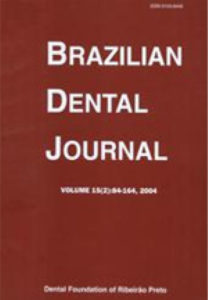
Braz. Dent. J. vol.26 2015 This study investigated the effect of hypochlorous acid (HOCl) rinses and chlorhexidine (CHX) on the bacterial viability of S. mutans, A. israelii, P. gingivalis, A. actinomycetemcomitans, E. corrodens, C. rectus, K. oxytoca, K. pneumoniae and E. cloacae.
The percentage of live bacteria was tested by fluorescence method using Live/Dead kit(r) and BacLight (Molecular Probes(r)) and compared between groups by the Kruskal-Wallis and U Mann-Whitney tests with Bonferroni correction (p value<0.012).
The effect of HOCl and CHX on total proteins of P. gingivalis and S. mutans was determined by SDS-PAGE. CHX showed a higher efficacy than HOCl against S. mutans, A. israelii, E. corrodens and E. cloacae (p<0.001) while HOCl was more effective than CHX against P. gingivalis, A. actinomycetemcomitans, C. rectus and K. oxytoca (p=0.001).
CHX and HOCl had similar efficacy against K. pneumoniae. Proteins of P. gingivalis and S. mutans were affected similarly by HOCl and CHX. HOCl reduced the bacterial viability especially in periodontopathic bacteria, which may support its use in the control of subgingival biofilm in periodontal patients.
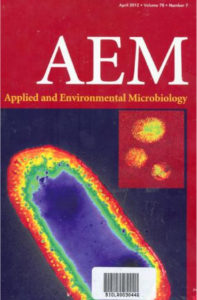
APPLIED AND ENVIRONMENTAL MICROBIOLOGY, 2007 Noroviruses (NVs) are the most frequent cause of outbreaks of gastroenteritis in common settings, with surface-mediated transfer via contact with fecally contaminated surfaces implicated in exposure. NVs are environmentally stable and persistent and have a low infectious dose.
Several disinfectants have been evaluated for efficacy to control viruses on surfaces, but the toxicity and potential damage to treated materials limits their applicability. Sterilox hypochlorous acid (HOCl) solution (HAS) has shown broad-spectrum antimicrobial activity while being suitable for general use. The objectives of this study were to evaluate the efficacy of HAS to reduce NV both in aqueous suspensions and on inanimate carriers.
HOCl was further tested as a fog to decontaminate large spaces. HOCl effectiveness was evaluated using nonculturable human NV measured by reverse transcriptase PCR (RT-PCR) and two surrogate viruses, coliphage MS2 and murine NV, that were detected by both infectivity and RT-PCR. Exposing virus-contaminated carriers of ceramic tile (porous) and stainless steel (nonporous) to 20 to 200 ppm of HOCl solution resulted in >99.9% (>3 log10) reductions of both infectivity and RNA titers of tested viruses within 10 min of exposure time.
HOCl fogged in a confined space reduced the infectivity and RNA titers of NV, murine NV, and MS2 on these carriers by at least 99.9% (3 log10), regardless of carrier location and orientation. We conclude that HOCl solution as a liquid or fog is likely to be effective in disinfecting common settings to reduce NV exposures and thereby control virus spread via fomites.
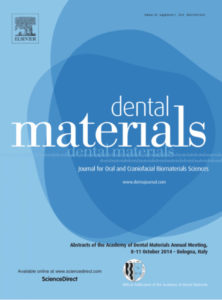
Dental Materials Journal 2016 Abstract: Neutral electrolyzed water was developed with new concepts of long-term good durability and minimum corrosiveness to metal in addition to its excellent bactericidal activities similar to acid type of electrolyzed waters.
The present study examined the bactericidal effects of the neutral electrolyzed water on disinfection of the alginate impression of a dental arch model contaminated by bacteria. Only 1-min immersion in neutral electrolyzed water could sufficiently disinfect the alginate impression including the metallic tray under ultrasonic with no significant differences from acid electrolyzed waters.
No bactericidal effects were found in any electrolyzed water when used as mixing water. Considering the advantages and disadvantages of each electrolyzed water in a comprehensive way, it was suggested that neutral electrolyzed water may be the most appropriate for the disinfection of alginate impression.
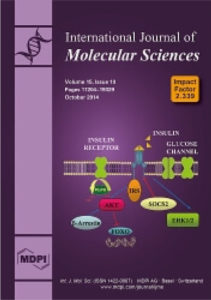
Int. J. Mol. Sci. 2016, 17(7), 1161; Abstract: Chemotherapeutic agents have been used as an adjunct to mechanical debridement for peri-implantitis treatment. The present in vitro study evaluated and compared the effectiveness of hypochlorous acid (HOCl), sodium hypochlorite (NaOCl), and chlorhexidine (CHX) at eliminating Gram-negative (E. coli and P. gingivalis) and Gram-positive (E. faecalisand S. sanguinis) bacteria.
The effect of irrigating volume and exposure time on the antimicrobial efficacy of HOCl was evaluated, and a durability analysis was completed. Live/dead staining, morphology observation, alamarBlue assay, and lipopolysaccharide (LPS) detection were examined on grit-blasted and biofilm-contaminated titanium alloy discs after treatment with the three chemotherapeutic agents.
The results indicated that HOCl exhibited better antibacterial efficacy with increasing irrigating volumes. HOCl achieved greater antibacterial efficacy as treatment time was increased. A decrease in antimicrobial effectiveness was observed when HOCl was unsealed and left in contact with the air.
All the irrigants showed antibacterial activity and killed the majority of bacteria on the titanium alloy surfaces of biofilm-contaminated implants. Moreover, HOCl significantly lowered the LPS concentration of P. gingivalis when compared with NaOCl and CHX. Thus, a HOCl antiseptic may be effective for cleaning biofilm-contaminated implant surfaces.
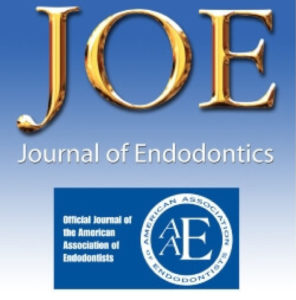
Journal of Endodontics Volume 42, Issue 7 (2016) Abstract: This study evaluated the bactericidal effect of strong acid electrolyzed water (SAEW) against flow Enterococcus faecalis biofilm and its potential application as a root canal irrigant. Methods Flow E. faecalis biofilms were generated under a constant shear flow in a microfluidic system.
For comparison, static E. faecalis biofilms were generated under a static condition on coverslip surfaces. Both the flow and static E. faecalis biofilms were treated with SAEW. Sodium hypochlorite (N NaOCl, 5.25%) and normal saline (0.9) were included as the controls. Bacterial reductions were evaluated using confocal laser scanning microscopy and the cell count method.
Morphological changes of bacterial cells were observed using scanning electron microscopy. Results The confocal laser scanning microscopic and cell count results showed that SAEW had a bactericidal effect similar to that of 5.25 NaOCl against both the flow and static E. faecalis biofilms.
The scanning electron microscopic results showed that smooth, consecutive, and bright bacteria surfaces became rough, shrunken, and even lysed after treated with SAEW, similar to those in the NaOCl group. Conclusions SAEW had an effective bactericidal effect against both the flow and static E. faecalis biofilms, and it might be qualified as a root canal irrigant for effective root canal disinfection
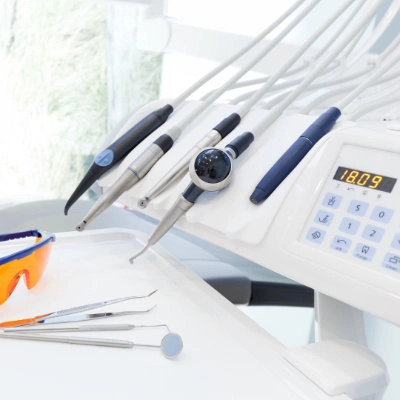
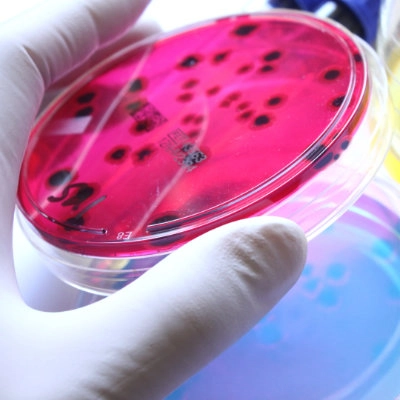
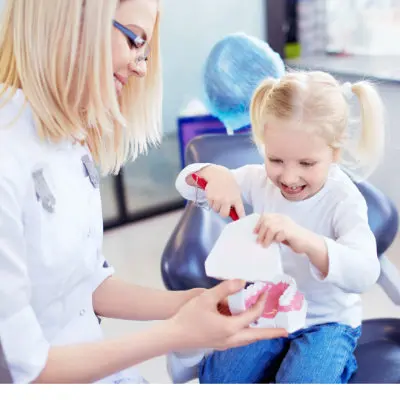

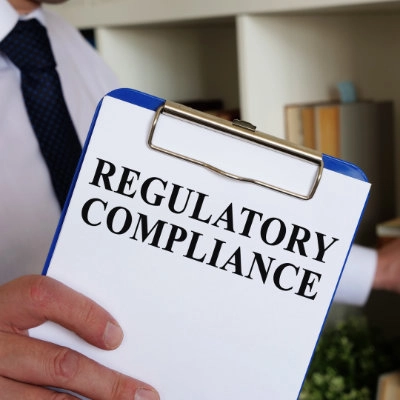
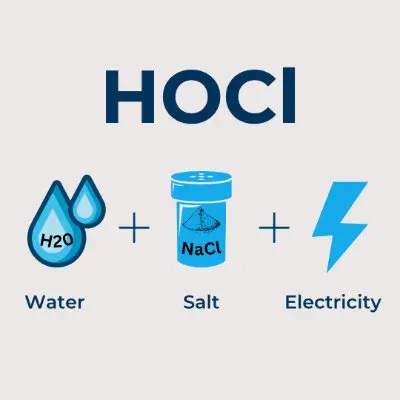


Email: admin@dentaqua.com
IE: +353 52 6154244
Unit 1, Gurtnafleur Business Park,
Clonmel, Co. Tipperary,
Ireland